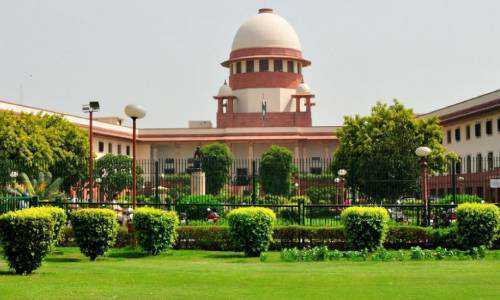
The Insolvency and Bankruptcy Code of 2016 allows for the withdrawal of the corporate insolvency resolution process within the parameters of Section 12A, which was added to the code in 2018. Section 12A permits the withdrawal of the case even after the CIRP has been started. Under Rule 8 of the Insolvency and Bankruptcy Rules of 2016, which states that the Adjudicating Authority may grant withdrawal of the application made in accordance with Rules 4, 6, or 7, as appropriate, upon a request made by the applicant prior to its admission, the case may be withdrawn prior to the passage of this section. The Brilliant Alloys case will clarify the circumstances under which a withdrawal request may be granted even after the issuance of an interest-invitation.
The removal of CIRP after admission is particularly addressed under Section 12A of the IBC when read in conjunction with Section 30A of the CIRP Regulation. A further requirement for withdrawing from CIRP is imposed by regulation under 30A, which is that the application must be submitted prior to the release of the invitation for expression of interest under regulation 36A.In the instant case titled Brilliant Alloys Private Limited vs Mr. S. Rajagopal. The issue raised for clarification before the Supreme Court was:
When the code's conditional clause, Section 30A, stipulates that the withdrawal can only be made before the invitation for expression of interest is filed, how can NCLT issue an order authorising the withdrawal?
When both the CIRP and court processes have been launched, what happens to the proceedings that were started under the code?
Considering Rule 8 of the I&B Rules 2016, is it possible for the NCLT to use the inherent authority acknowledged by Rule 11 of the NCLT, 2016 to permit a compromise brought before it by the parties after the issue was admitted?
The Honorable Supreme Court ruled that Section 12A, which does not contain a stipulation and can only be used as a guide depending on the circumstances, must be interpreted in conjunction with Regulation 30A. Rule 8 of the Insolvency and Bankruptcy Rules 2016 allows for the withdrawal of an application prior to admission; however, there have been instances in which the parties have settled this dispute.
The Court categorically stated that,"This Regulation has to be read along with the main provision Section 12A which contains no such stipulation. Accordingly, this stipulation can only be construed as directory depending on the facts of each case. Accordingly, we allow the Settlement that has been entered into and annul the proceedings."
In this instance, an exception is provided so that settlements may occasionally be approved even after the invitation to submit an interest has been given. The directory nature is held by Section 30A. The provision 12A that was added to the 2016 Insolvency and Bankruptcy Code to make it easier to withdraw cases is the main point of attention.From this scenario, there are both benefits and drawbacks. The main drawback is that if this case serves as a precedent, counsel and parties may in the future use Section 30A as a directory section to be read with Section 12A as the main section, endangering the insolvency process, for which there should be a rule or section stating the fine or penalty that the court will impose for wasting its time. If a settlement can be reached before the invitation for interest or if the CIRP has been established but the parties have not chosen to use it. This will demonstrate the parties' desire to obstruct or delay the insolvency process.

